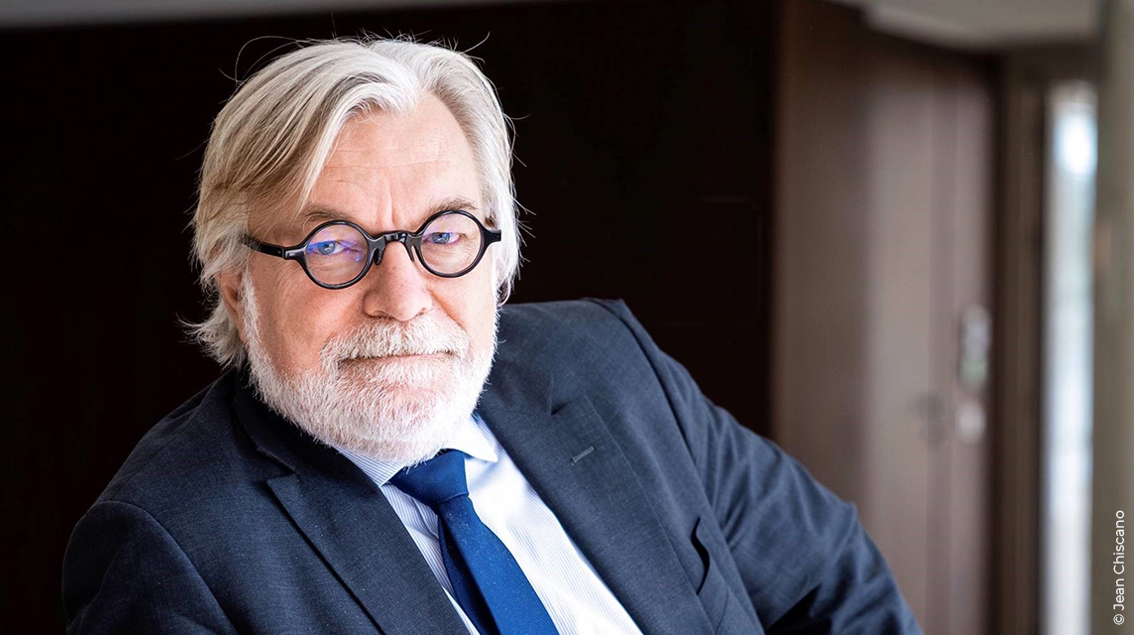The keys of the week – March 18, 2024
My point of attention: the price of bitcoin beyond 70,000 USDExpected this week: the Fed meeting The pdf document is here Body 7 themes this week => What does the…


A dynamic and cyclical approach to the global economy
My point of attention: the price of bitcoin beyond 70,000 USDExpected this week: the Fed meeting The pdf document is here Body 7 themes this week => What does the…
Europe has not yet taken stock of climate change. This is the message conveyed by the European Environment Agency in a report published at the start of the week.At comparable…
My point of attention: Countries in the South are driving growth in the EurozoneNext week’s update: US inflation rate Six themes this week =>What if inflation did not fall in…
At the time of the Paris Agreement, on December 12, 2015, 8 years ago, the threshold of 1.5°C could be reached in 2045 according to the European agency Copernicus. The same exercise carried out…
The COP28 in Dubai has just ended with a press release which excites the president of this international meeting but leaves analysts perplexed. Why this duality?The roadmap appears to be…
The year 2023 will likely be the hottest year on record while fossil fuel consumption is at its highest. Under these conditions, what can we hope for to make COP28 a success? The planned…
Is the German model still the reference towards which Europeans wanted to move in the recent past? Not sure It rested on several pillars1– The Mittelstand at the heart of…
New regime change on the debt market, inflation and long-term interest rates are now on an equal footing. A little over two years ago, investors had to successively face a…
Input your search keywords and press Enter.
